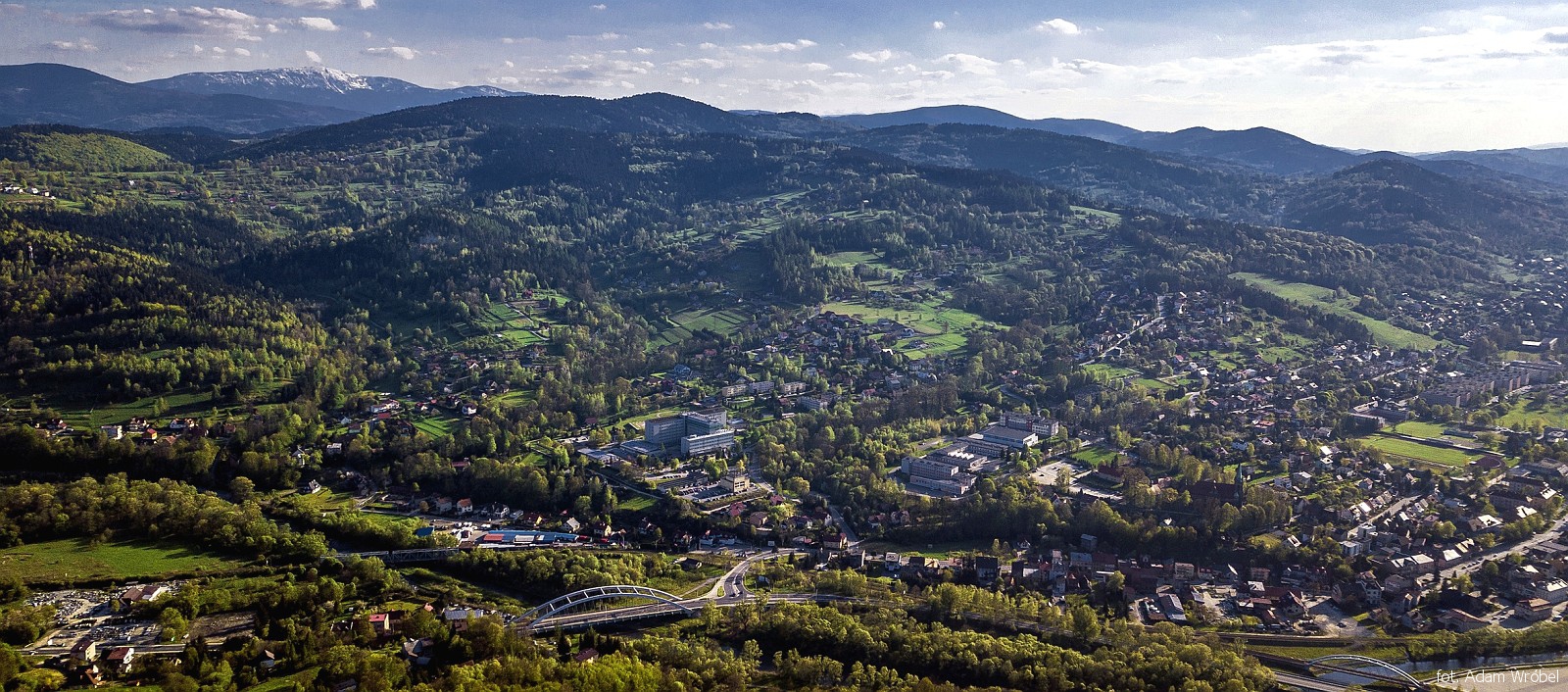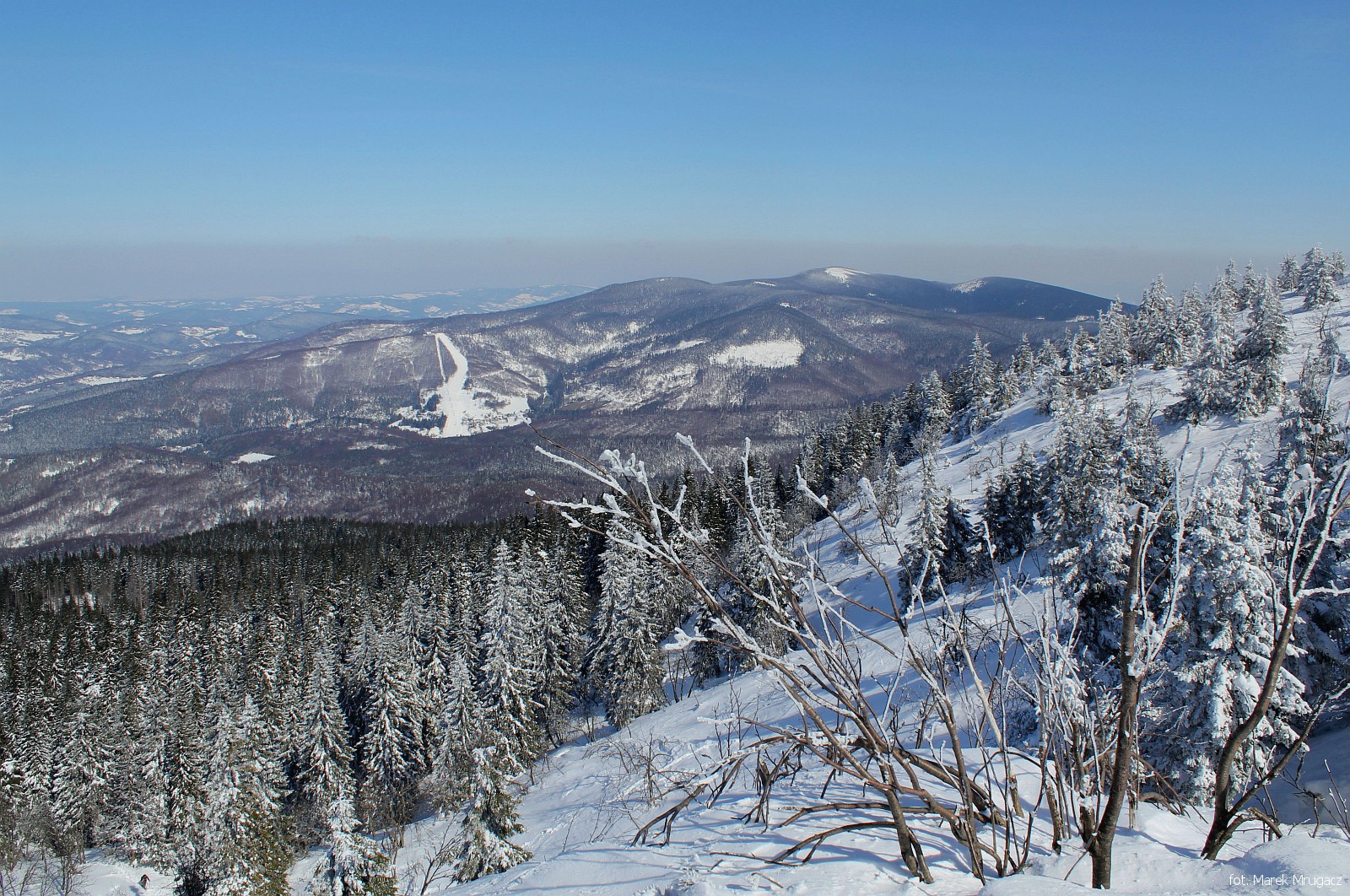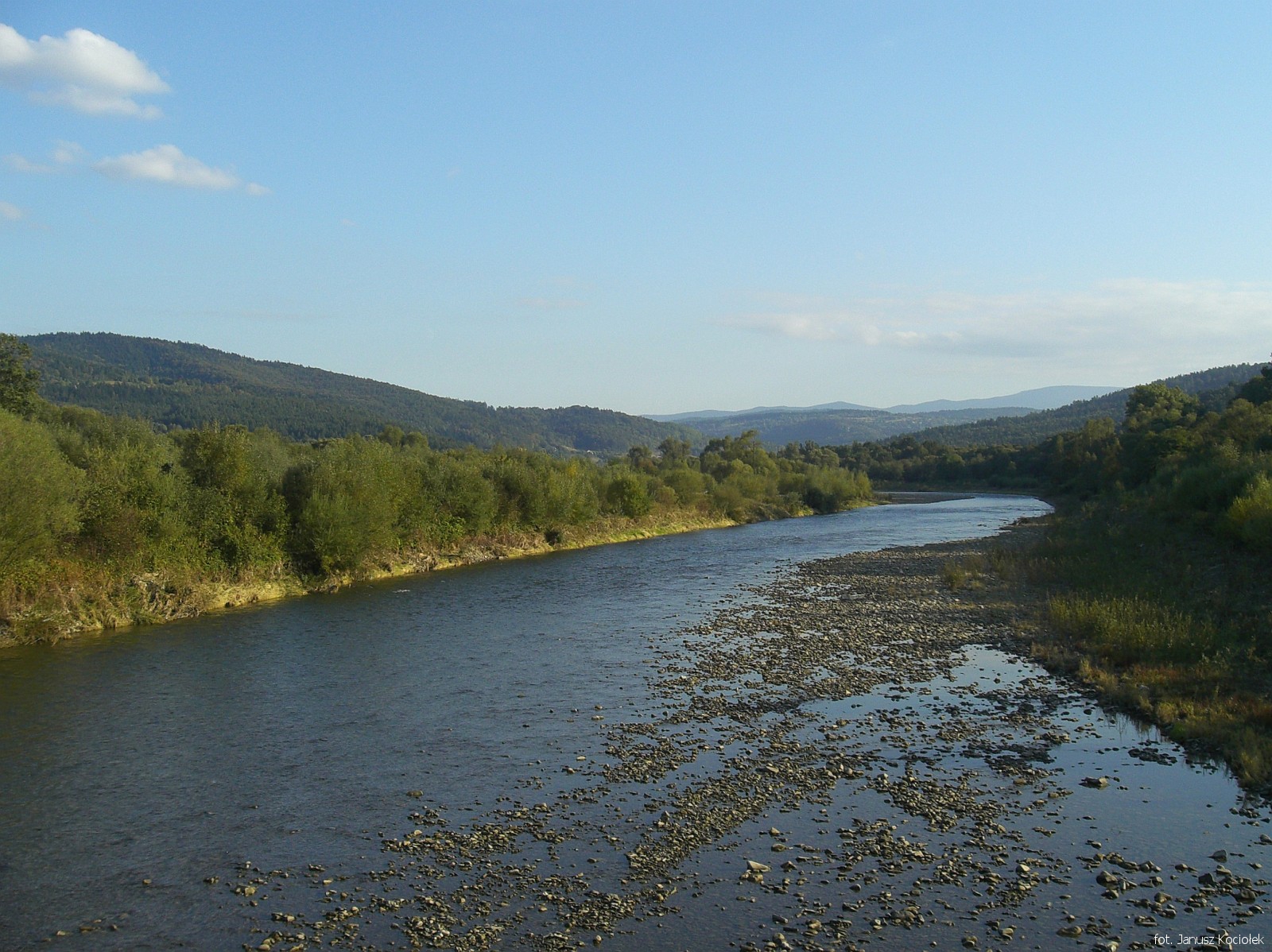Sucha County lies in the Beskid Mountains, in the southwestern corner of the Lesser Poland Voivodship and borders on the west with the County of Zywiec in the Silesian Voivodeship, on the north and east with three other counties in the Lesser Poland Voivodship: Wadowice, Myślenice and Nowy Targ, and on the south with the Namiestovo Region in Slovakia.
This area, called Podbabiogórze, is typically mountainous, and the natural wealth of the region is represented by forests, which cover almost 50% of its area. Sucha County consists of nine communes, which include: two towns (Sucha Beskidzka, Jordanów), one town-rural commune (Maków Podhalański) and six rural communes (Budzów, Bystra-Sidzina, Jordanów, Stryszawa, Zawoja, Zembrzyce). The county consists of 37 towns in total.
The southern part of the county, located at the highest level, is situated in the Żywiec Beskids, which is divided here into three smaller geographical units: the massif of Babia Góra with the highest peak of the whole Western Beskids, Babia Góra (Diablak; 1725 m), the Polica Range (Polica, 1369 m) and the Jałowiec Range (Jałowiec, 1111 m). The characteristic element of the landscape in the northern part of the county, however, are the elevations belonging to lower mountain groups – the Leskowiec (918 m) and Łamana Skała (929 m) ranges in the Mały Beskids (in the northwest) and the Koskowa Góra (866 m) range in the Maków Beskids (in the northeast).
Almost the entire county lies in the basin of the upper Skawa river, which is the main river of the region. Three towns are situated on the Skawa River: Sucha Beskidzka, Maków Podhalański and Jordanów. The most important tributaries of the Skawa in this area include: Pożoga, Toporzyski Potok, Bystrzanka, Cadynka, Skawica, Grzechynia, Stryszawka and Tarnawka (left-bank), and Malejów, Osielec, Wieprzec, Żarnowianka and Paleczka (right-bank).
The upper Skawa basin occupies very varied terrain. The climate is harsher in the Babia Góra Range and stony mountain soils predominate, turning into clay and stone soils in stream valleys. Due to the lie of the land, even today significant parts of this area are difficult to access. In contrast, in the Mały and Maków Beskids the climate is milder and the flat river valley bottoms are occupied by more fertile brown soils. The lower altitude and milder forms of the slopes mean that these mountains are not, nor have they been in the past, a particularly difficult barrier to communication and settlement.




